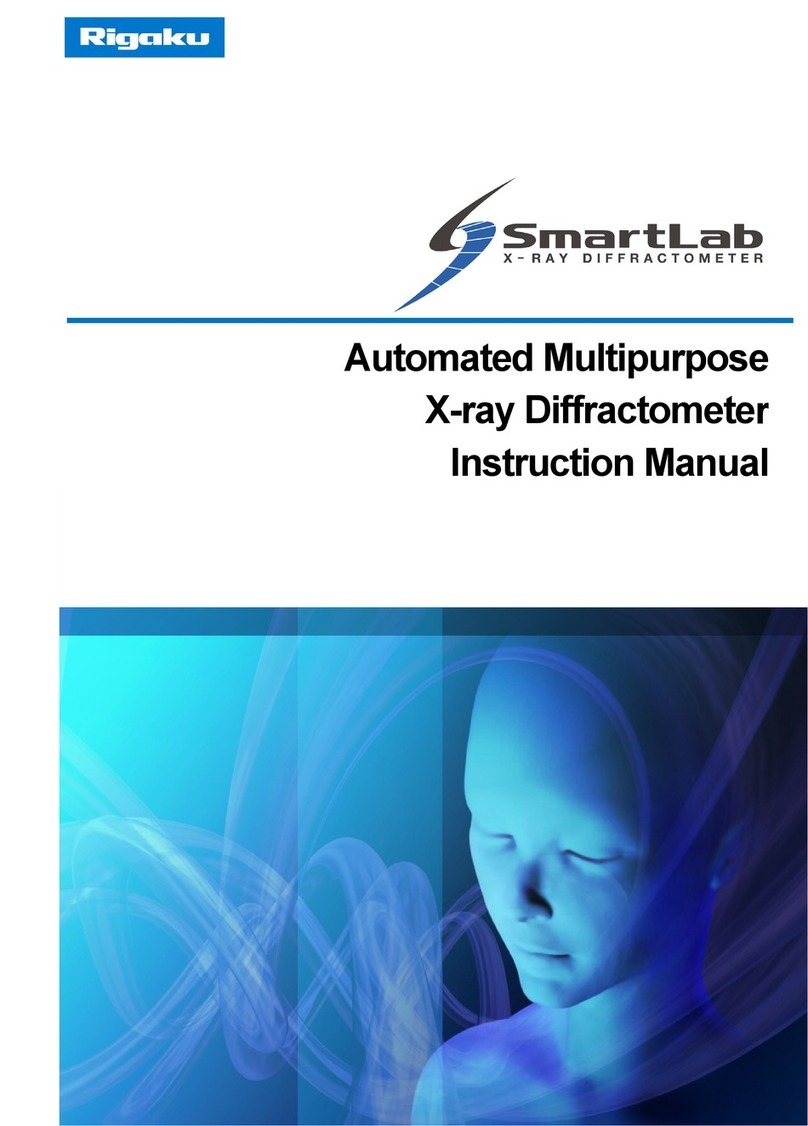
MA-3000 Troubleshooting FAQs
Troubleshooting in Optional Attachment - RH-MA3
Q:Sensitivity error occurs in the optional unit (RH-MA3).
A: Below are the possible causes :
Flow rates are decreasing.
There is leak.
Tube is contaminated.
Collector tube is degraded.
① Flow rates are decreasing.
b. Replace the air pump tube if the replacement frequency (1 year) is exceeded.
c. Visually inspect the air pump rotor and replace it if it is shaved or dented.
② There is leak.
a. Drain the buffer solution completely.
b. Tighten the roller clamps x2 if they are loose. If the silicone tube is damaged, replace it.
d. Setup configulation back to RH-MA3
g. After checking, slowly remove your finger from the collector tube.
Note:
Please be careful not to remove your finger from the collector tube too abruptly.
It may cause the gold component or quartz wool in collector tube to shift.
③:Tube is contaminated.
b. If gold or dirt from the collection tube adheres to the downstream,
④:Collector tube is degraded.
Recommended Action:
The collection tube is a consumable item, and periodic replacement is recommended.
a. Fill the wash bottle with distilled water, perform the measurement, and check for bubbling.
a. Contamination of the MA-3000 V4 valve and RH-MA3 tubing may result in poor data.
Please replace them periodically (about once/year).
- Clean the wash bottle, dehumidifying bottle, and fittings using 1+10 nitric acid and ultrasonic
cleaning for 30 minutes or soaking for at least 8 hours.
- If cleaning of parts does not restore the system, replace the above parts (air rinse bottle,
dehumidification bottle, and fittings) and piping tubes with new ones.
If the quartz wool at the rear of the collection tube is discolored, or if the collector is not fixed
in place and has shifted, mercury leaks during sampling and gold may jump to the latter stage,
resulting in reduced sensitivity.
c. From System→Setup, set SC/RD to None (NONE) and confirm that the MA-3 alone passes
the leak check.
e. With the buffer solution completely drained, connect the collection tube and start
measurement, then press down the inlet of the collection tube with your finger.
f. If air can be removed from the silicone tube at the bottom of the air wash bottle, there is no
leak.
Copyright (C) 2023 NIC. All rights reserved.




























